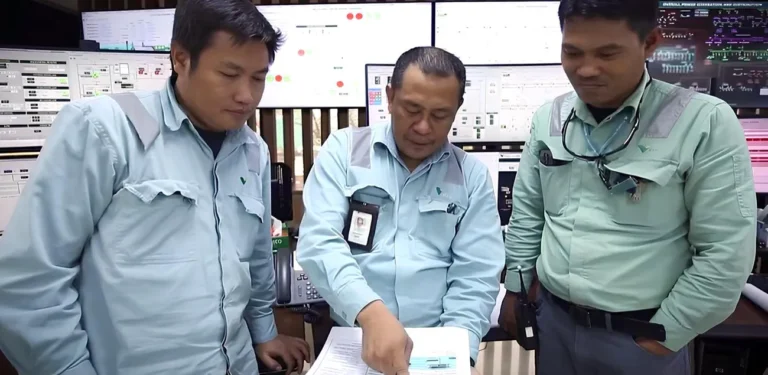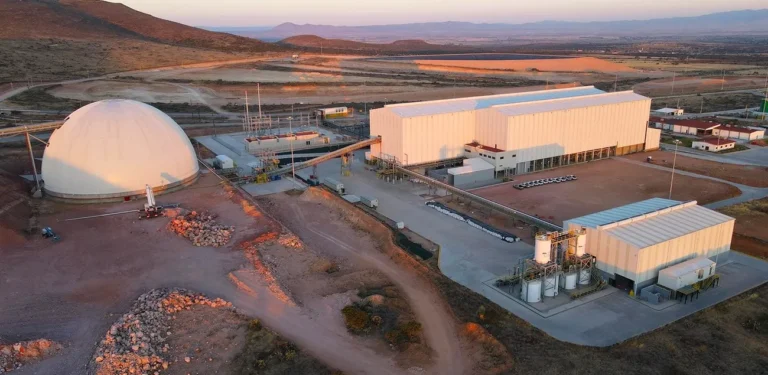
The global nickel market marked its third consecutive year of surplus in 2024, with oversupply heavily concentrated in the high-grade nickel sector. According to Nornickel, exchange stocks of nickel more than doubled during the year, surpassing 100,000 metric tons. When including over-the-counter inventories, global Class 1 nickel stockpiles are projected to grow by as much as 150,000 metric tons by the end of 2024, a surplus expected to persist into 2025.
This glut has been fueled by a surge in cathode nickel production from newly commissioned facilities in China, putting significant downward pressure on prices. By mid-2024, nickel was trading at $15,500 per metric ton. Despite efforts such as U.S. interest rate cuts and China’s economic stimulus measures, prices stabilized at the lower end of the $15,500-$16,000 per ton range by December, according to Nornickel.
Looking ahead, additional supply from new production facilities in Indonesia and sustained cathode nickel output from China are expected to meet steady demand in stainless steel, specialty alloys, and electric vehicle (EV) batteries. Indonesia’s diverse nickel output includes nickel pig iron, nickel matte, mixed hydroxide precipitate, nickel sulfate, and nickel metal, contributing significantly to the market surplus.
However, Nornickel noted that current nickel prices are straining high-cost producers, with about 40% of global operations operating at a loss. The rapid growth in Indonesia’s nickel production has exacerbated the pressure, leading to speculation about potential supply curtailments. “If significant production cuts occur in Indonesia or other regions, primary nickel supply could fall short of current forecasts,” Nornickel stated.
The company also identified possible upside risks to nickel prices if supply is curtailed or demand exceeds expectations. Robust consumption in stainless steel and other melting applications could help offset the surplus, potentially bringing the market closer to balance.



